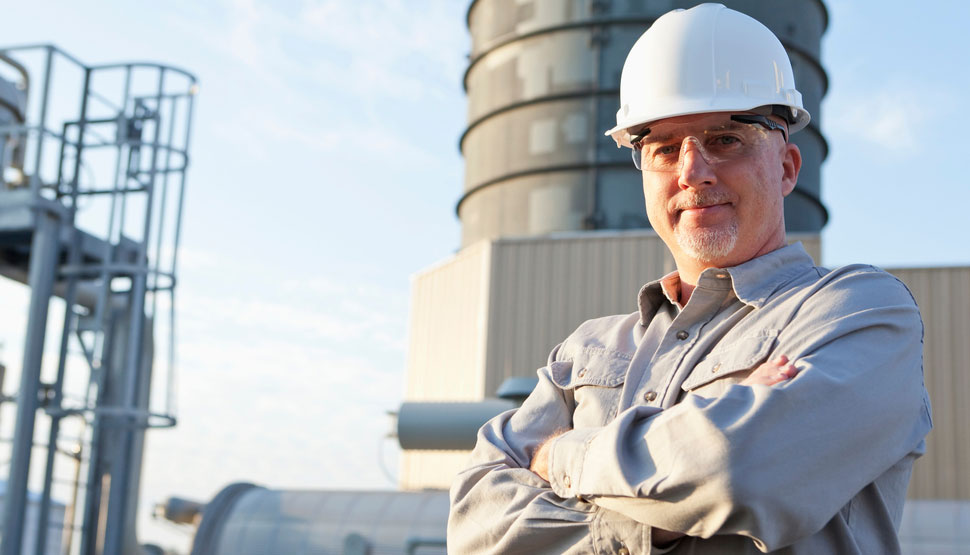How to improve the climate risk resilience of your commercial property

Natural hazards are a major cause of property-related losses. Beyond the initial damage and business disruption, they also impact stakeholder value and corporate reputation.
The primary threats in Australia include floods, bushfires, windstorms and hailstorms. With these incidents getting worse as the planet warms, FM is developing innovative engineering solutions to help clients improve their resilience.
The Intergovernmental Panel on Climate Change (IPCC) report published in August painted a worrying picture. Heat and rain events are becoming more frequent and intense, and global sea levels continue to rise.
In an FM survey of more than 300 CEOs and CFOs last year, only 18% of respondents said their companies had significant control over the adverse impacts of climate risk. And yet, despite the increased threat levels, the truth is that you do have control.
Floods
IPCC modelling shows sea levels rising faster in Australia than the global average. It suggests lower levels of rainfall in future, but more intense events increasing the likelihood of river flooding.
The most reliable way to improve flood resilience is to elevate your site above the flood level. If you can’t relocate the site, consider elevating sensitive equipment like electrical panels or transformers so they aren’t kept on the ground floor. Take the same approach with expensive warehouse stock.
Flood gates and barriers are more effective than sandbags when it comes to preventing water from getting into your property. Collapsible fences or barriers can also be installed temporarily around the perimeter. Some of these products blend in with the outside of your facility, including specially designed doors and walls.
Wildfire/Bushfire
The IPCC report says Australian land has warmed by 34˚F (1.4˚C) in the past century. Heat extremes are increasing, the frequency of extreme fire days is rising and fire seasons are getting longer.
Global warming is making plants drier, which in turn means that fires are more intense and move faster. The catastrophic bushfires of 2019-20 tore through 2,965 acres (1200 hectares) of Australian land, which is equivalent to burning most of England or Tasmania twice over.
Ember attack accounts for up to 80% of bushfire property losses as wind carries debris up to 25 miles (40 km). These flying embers get under doors and into roof drains. Other risks include direct flame and radiant heat, smoke damage, and service interruption.
The best way to defend against fire risk is non-combustible construction. It’s also important to keep trees and grass as far away as possible from your facility, use external sprinklers and develop a fire plan with local fire authorities.
Windstorms
The IPCC also predicts increased severity of cyclones and hurricanes, which will continue to cause major property damage. The roof is the most vulnerable part of a facility during a windstorm, so secure roof flashing every 12 inches (300mm) or so to prevent wind getting under and ripping it off.
Use roof screws and fastener plates to secure materials under the roof covering. It’s also crucial to protect openings including windows and doors. Plywood covering should be at least three-quarters of an inch (19mm) thick to prevent debris from smashing through windows.
Hailstorms
These are a frequent and severe climate risk, with a Sydney hailstorm in 1999 still considered the most costly insurance event in Australian history. Property damage most often includes roof-mounted equipment, skylights, outdoor storage and vehicles.
Moving to a low-carbon economy also brings new risk with wider adoption of solar panels. Thicker glass makes them more resilient to hail, while stronger fixings makes them less likely to be ripped off by a windstorm.
Despite the increased threat of natural catastrophe, most losses are preventable with a rigorous approach to climate resilience. Assessing and addressing your known climate risks now will help you sleep a little easier next time you hear a severe weather warning.
Click here to see the full session replay.
For resources to help protect you from these climate risk, please visit
